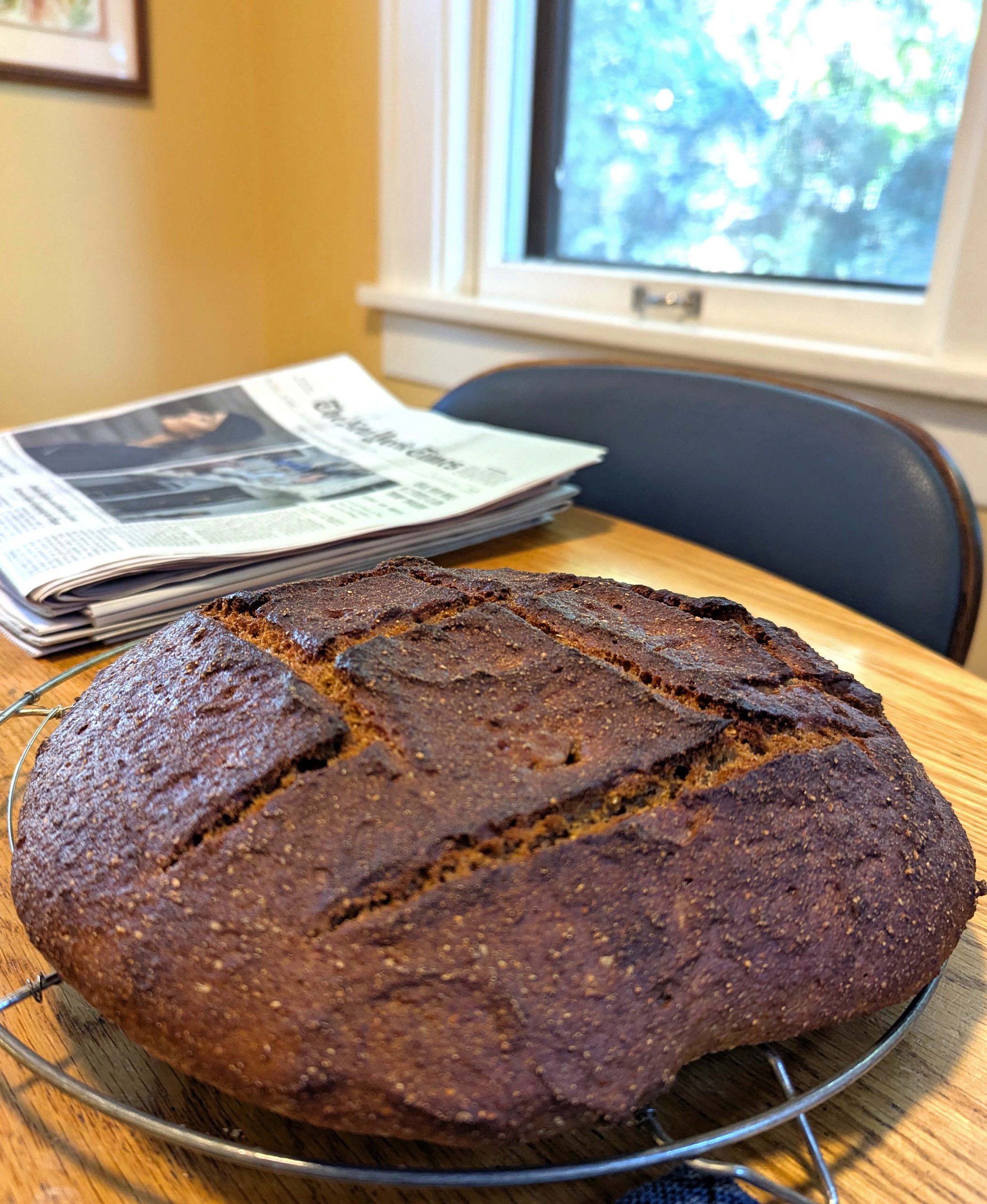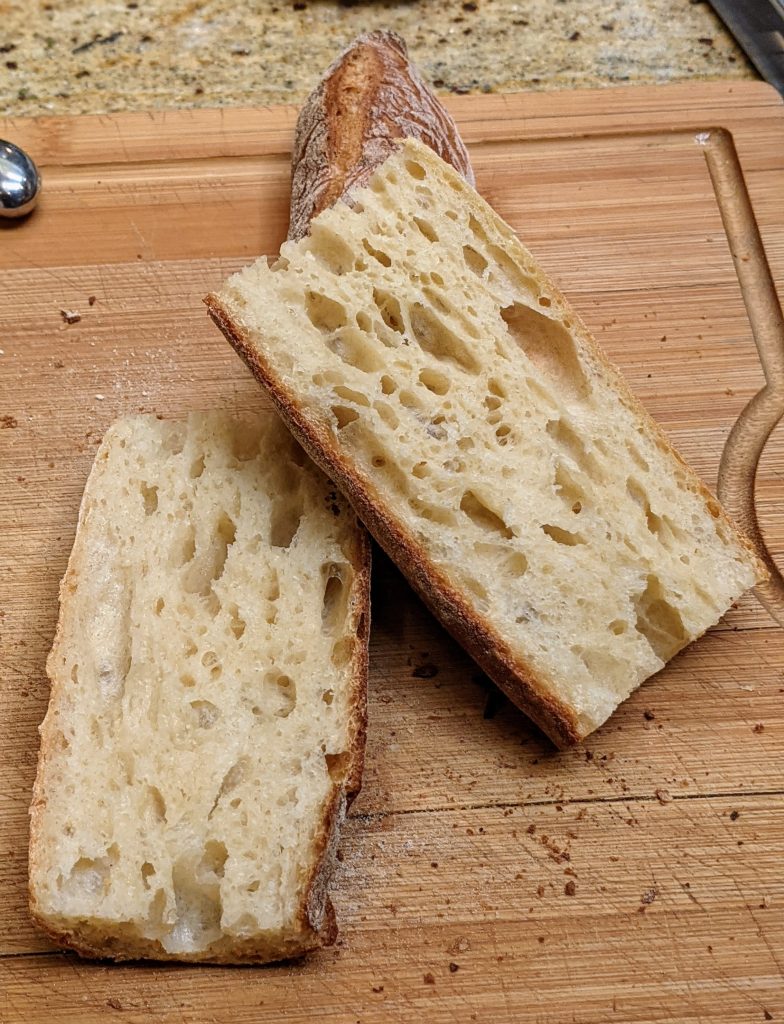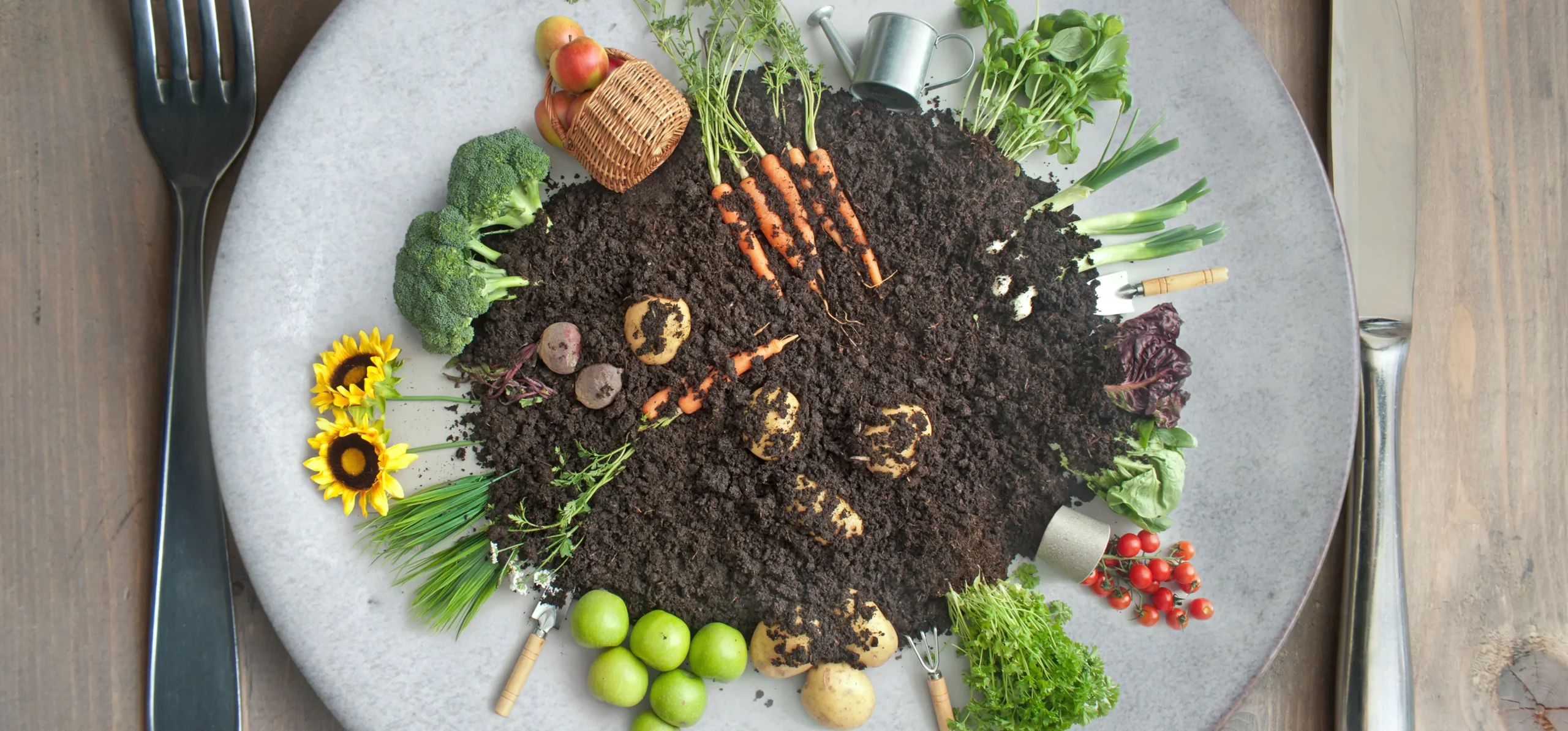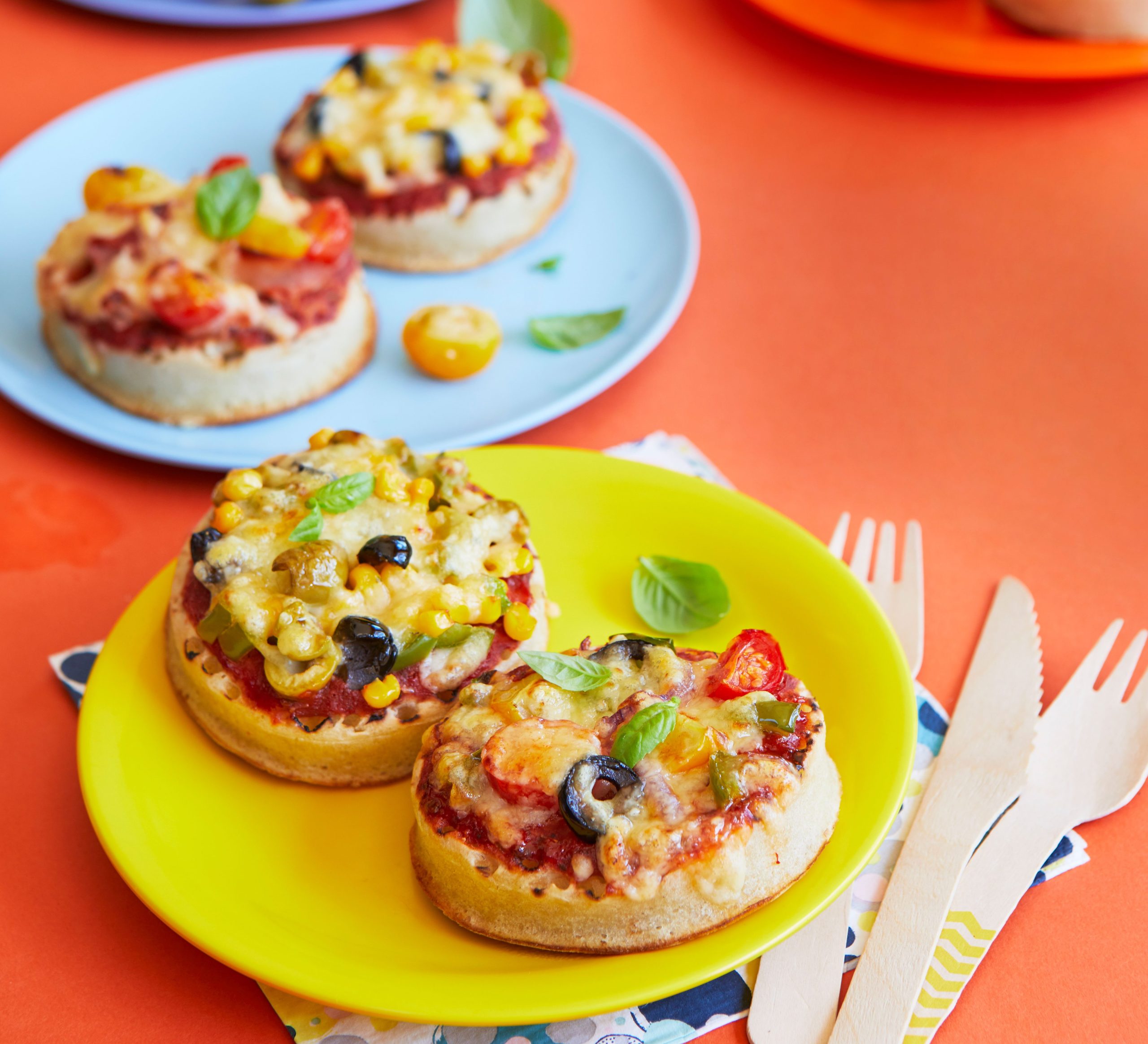Home Fermentation Techniques: Creating Artisan Breads and Preserves

Discovering the World of Home Fermentation
In recent years, the art of fermentation has transcended its traditional boundaries, evolving into a cherished pastime for food enthusiasts across America. With the resurgence of interest in artisan breads and preserves, home fermentation has emerged as an exciting avenue for culinary exploration. This process not only enhances flavors but also fosters a deeper connection to food, allowing individuals to immerse themselves in a world brimming with aromatic nostalgia and vibrant tastes.
At its core, fermentation is a natural process where microorganisms like yeast and bacteria transform ingredients over time. This transformation yields a plethora of health benefits, making fermented foods a popular choice among health-conscious consumers. For instance, studies have shown that fermented foods can enhance nutrient absorption by breaking down complex compounds, making vitamins and minerals more accessible to the body. Additionally, these foods are rich in probiotics, which can improve gut health, bolster the immune system, and even elevate mood and mental clarity.
- Flavor Development: One of the most compelling aspects of fermentation is its ability to create complex and intriguing flavors. Sourdough bread develops its signature tang through a unique blend of wild yeasts and bacteria, resulting in a delicious loaf that is both crisp on the outside and soft on the inside. Similarly, fruit preserves undergo a remarkable metamorphosis during fermentation, evolving from basic fruits to luscious spreads brimming with depth and character.
- Creative Expression: Fermentation is not merely a scientific process; it’s also a canvas for culinary creativity. Home cooks can experiment with different fruits, sugars, and spice combinations, personalizing each batch of preserves to suit specific tastes. For instance, adding vanilla beans to berry preserves can impart a delightful aromatic quality. Likewise, bakers can incorporate herbs or seeds into their sourdough for a unique twist, making each loaf distinctly their own.
For those drawn to the world of home fermentation, the journey is easily accessible. Beginners need not feel overwhelmed; with just a few key ingredients and some basic understanding, anyone can start creating delectable homemade delights. Starting with something as simple as a basic sourdough starter involves just flour and water, while making fruit preserves requires only ripe fruit, sugar, and a bit of patience. As the aromas fill the kitchen and the colors deepen, the sense of accomplishment thrives.
In this article, we will delve into essential techniques for mastering the craft of fermentation. We will explore how to cultivate your own unique artisan breads and preserves, with step-by-step instructions and tips to help you along the way. Each homemade creation not only promises delightful flavors but also provides the joy of sharing these personal culinary triumphs with family and friends, fostering connections over homemade dishes that embody your personal touch.
So gather your ingredients and prepare to embark on a flavorful adventure into the art of fermentation—where science meets creativity and every jar or loaf tells a story of tradition and innovation.

DIVE DEEPER: Click here to discover the journey of handicrafts
The Fundamentals of Home Fermentation
Beginning the journey into home fermentation may seem daunting, but it is an endeavor rooted in simplicity and tradition. The most essential aspect of fermentation is understanding the interaction between microorganisms and the ingredients at hand. In the case of artisan breads, the key players are naturally occurring wild yeasts and lactic acid bacteria. These agents work harmoniously to convert sugars into carbon dioxide and alcohol, resulting in a loaf that not only rises but also boasts a depth of flavor that store-bought bread often lacks.
The process of creating a sourdough starter, which serves as the foundation for many artisanal breads, requires only two ingredients: flour and water. First, mix equal parts of both in a jar, covering it with a breathable cloth to allow air flow while keeping out dust and insects. After several days of regular feedings, during which you add more flour and water, the mixture will bubble and expand, signaling the growth of yeast. This starter becomes a living entity, evolving as it ferments, and can last indefinitely with proper care.
Transitioning to preserves, the art forms another avenue of culinary creativity, demonstrating how fruits can blossom into vibrant spreads. The fermentation of fruit preserves can be achieved using the natural sugars found in ripe fruits, combined with added sugar or honey and a bit of time. This captures the essence of seasonal flavors, allowing you to savor summer strawberries or autumn apples long after their peak season. During fermentation, bacteria transform the sugars into lactic acid, preserving the fruit while introducing tangy undertones.
- Choosing Ingredients: The foundation of any successful fermentation starts with high-quality ingredients. For breads, use unbleached flour that retains natural nutrients. For preserves, opt for fresh, organic fruits that are at their peak ripeness.
- Temperature Control: Both breads and preserves require specific temperature conditions to thrive. Warm temperatures encourage yeast activity, while cooler environments can slow down fermentation, ultimately affecting flavor and texture.
- Patience and Observation: Fermentation is not a hasty process; it requires time and patience. Observing the transformations can become an enchanting experience—watching your dough rise or your preserves bubble can instill a sense of pride in your craftsmanship.
As individuals embrace this back-to-basics lifestyle, not only do they benefit from enhanced flavors and nutrition, but they also cultivate skills that have been passed down for generations. The allure of home fermentation lies in its potential to create not just food, but also stories—each loaf of bread reflects the care of its baker and each jar of preserves, a moment in time, captured and shared with loved ones.
In the following sections of this article, we will dive deeper into the specific techniques and recipes for crafting your own artisanal breads and preserves, guiding you toward becoming a confident home fermenter. By the end, you’ll have the tools and knowledge to create flavorful, homemade delights that resonate with creativity and tradition.
| Technique | Advantages |
|---|---|
| Sourdough Culturing | Promotes a deeper flavor profile and improves digestibility through natural fermentation, while also offering a unique texture in breads. |
| Fruit Preserving | Enhances seasonal fruit availability and retains nutritional value, allowing for delicious preserves and jams that add life to every meal. |
Home fermentation, especially in creating artisan breads and preserves, opens an array of fascinating culinary avenues that captures the essence of traditional cooking techniques. Sourdough culturing, for instance, not only allows you to create deliciously tangy loaves, but also connects you to the rich history and science behind the fermentation process. Through this slow fermentation, the bread develops a complex flavor profile that no commercial bread can replicate. On the other hand, fruit preserving transforms your kitchen into a vibrant pantry filled with seasonal delights, allowing a versatile range of flavors from sweet to tangy. This method not only prevents food waste but also empowers you to experiment with various fruits, herbs, and spices, leading to unique treasure jars that can elevate any dish. Embrace these home fermentation techniques to indulge in artisan creations that speak volumes about craftsmanship and seasonal abundance.
DIVE DEEPER: Click here to discover creative ways to upcycle!
Exploring Techniques for Artisan Breads and Preserves
As we delve further into the world of home fermentation, it becomes essential to explore specific techniques that will empower you to create artisan breads and preserves in your own kitchen. Mastering these methods will not only enhance your culinary repertoire but also allow you to embrace the innate flavors of your ingredients.
Crafting Artisan Breads
When it comes to baking artisan breads, the technique of autolyse is invaluable. This process involves mixing flour and water and allowing it to rest before adding the starter and salt. This initial resting period enhances the dough’s extensibility and could result in a superior crumb structure. A typical autolyse might last anywhere from 20 minutes to several hours, depending on the desired outcome.
Another crucial technique is known as stretch and fold. This method allows the dough to develop strength and structure without intensive kneading. During the first few hours of fermentation, simply stretch the dough and fold it over itself multiple times. This gentle handling will help the gluten develop and yield a hearty crust and airy interior—typical characteristics of artisan breads.
NNotably, mastering final proofing—the final rise before baking—is another area where attention to detail will shine. This phase allows the dough to rise fully and can be achieved either at room temperature or through cold proofing in the refrigerator. Cold proofing can greatly enhance the flavor and texture of the bread by allowing the yeasts more time to develop. Artisan bakers often simulate this method, resulting in an incredible depth of flavor and a beautiful crust.
Creating Delectable Preserves
Shifting focus to preserves, there are a few key techniques that heighten flavor and ensure successful fermentation. One such method is known as lacto-fermentation, which uses salt to draw moisture from the fruits and create a brine that encourages the growth of beneficial bacteria. For example, if you’re working with berries, simply mix them with salt or sugar and let them sit in a jar. Within a week, you’ll notice bubbling as the fermentation begins, creating a deliciously tangy preserve.
Moreover, the technique of jar layering can be particularly effective. By layering fruits, spices, and even herbs in your mason jars, you create a visually stunning and flavorful preserve. This not only adds dimension to the flavors but can also yield a variety of unique tastes with every jar. For instance, consider layering peaches with vanilla beans or basil for a refreshing twist.
- Flavor Enhancement: Add spices like cinnamon or ginger to your preserves to create a more complex flavor profile that can elevate your preserves from ordinary to extraordinary.
- Proper Sealing: Once fermentation has completed, ensure that you seal your jars properly. Vacuum-sealing or using sterilized canning jars with tight lids will enhance the longevity of your preserves, allowing you to enjoy them for months to come.
- Experimentation: Don’t hesitate to explore unconventional fruits or herbs during your preserving journey. The beauty of fermentation lies in its adaptability—experimenting with seasonal produce can lead to delightful surprises.
As you gain more confidence in your fermentation techniques, you will realize that both artisan breads and preserves have endless possibilities, extending far beyond simple recipes. They offer a canvas for creativity, allowing you to blend flavors that reflect your personal tastes and culinary adventures. The journey into home fermentation is not simply a means to create food; it’s a path toward developing a deeper connection with your ingredients, your meals, and those who will share in the joy of your culinary creations.
DIVE DEEPER: Click here to learn more
Conclusion: Embracing the Art of Home Fermentation
In summary, home fermentation techniques open a gateway to a world of possibilities for the aspiring chef and the curious foodie alike. By mastering the nuances of baking artisan breads and crafting preserves, individuals not only gain practical skills but also develop a profound appreciation for the ingredients they work with. The processes of autolyse, stretch and fold, and lacto-fermentation exemplify the delicate balance between science and art in food preparation.
Moreover, these techniques empower you to explore unique flavor combinations through experimental layering and mindful enhancement with spices, leading to a diverse culinary output. The journey into home fermentation cultivates creativity and encourages you to infuse your personal touch into each loaf of bread and jar of preserves.
As you navigate this flavorful path, remember that each batch is a chance to learn, innovate, and share. Whether you are baking for family gatherings or sharing preserves as thoughtful gifts, your efforts will foster a deeper connection with the food you produce and those who partake in it. Embrace the evolving landscape of artisanal creations and let your kitchen become a haven for exploration and taste.
Ultimately, the art of home fermentation is more than just a cooking technique; it is an invitation to enjoy the alchemy of flavor and the joy of creation. So, gather your ingredients, ignite your passion, and embark on this culinary adventure that awaits you within the comforting embrace of your kitchen.


